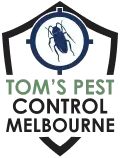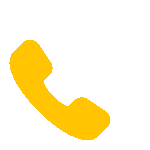Prompt, Affordable Same-Day Pest Control in Melbourne – From $129.
- Home
- Pest Treatments
- Termite Inspection & Treatment
- Ant Pest Control
- Bed Bug Treatment
- Beetle Pest Control
- Bird Proofing
- Borer Pest Control
- Cockroach Control
- Flea Treatment
- Fly Control
- Fox Trapping
- Mites Control
- Mosquito Pest Control
- Moth Control
- Possum Removal Service
- Rodent Control
- Silverfish Treatment
- Spider Control Treatment
- Wasp Control Services
- End of Lease Pest Control
- Commercial Pest Control
- Office Pest Control
- Restaurants & Cafes Pest Control
- Hospitality Pest Control
- Education Facilities Pest Control
- Hospital & Aged Care Pest Control
- Pest Control Food Industry
- Factories & Warehouses Pest Control
- Government Buildings Pest Control
- Assets & Facilities Pest Management
- Farming and Agriculture Pest Control
- Strata Pest Control
- Construction Pest Control
- Termites
- Pest Info
- Pest Inspections
- Contact
- Home
- Pest Treatments
- Termite Inspection & Treatment
- Ant Pest Control
- Bed Bug Treatment
- Beetle Pest Control
- Bird Proofing
- Borer Pest Control
- Cockroach Control
- Flea Treatment
- Fly Control
- Fox Trapping
- Mites Control
- Mosquito Pest Control
- Moth Control
- Possum Removal Service
- Rodent Control
- Silverfish Treatment
- Spider Control Treatment
- Wasp Control Services
- End of Lease Pest Control
- Commercial Pest Control
- Office Pest Control
- Restaurants & Cafes Pest Control
- Hospitality Pest Control
- Education Facilities Pest Control
- Hospital & Aged Care Pest Control
- Pest Control Food Industry
- Factories & Warehouses Pest Control
- Government Buildings Pest Control
- Assets & Facilities Pest Management
- Farming and Agriculture Pest Control
- Strata Pest Control
- Construction Pest Control
- Termites
- Pest Info
- Pest Inspections
- Contact
Termite Facts & Identification
Termite Facts And Identification
Termites can cause serious, long-term damage if not identified and eradicated quickly. Allowing them to feed on the walls or foundations of a home or business can weaken structures and lead to costly repairs down the line.
Thankfully, there are preventative measures homeowners and business owners can take to protect their property from termites. Inspecting the inside and outside of buildings regularly for signs of infestation is essential to avoiding future destruction.
Additionally, making sure vents and gaps around windows or doors are properly sealed as well as restricting access points around utility lines will help discourage termites from entering a building in the first place. Ultimately, it is important to watch for termites in order to safeguard property from potentially severe damage caused by these pests.
Tom’s Pest Control specialises in offering termite removal services at competitive prices. Our team has experience dealing with various types of pests, so no matter what termite species attacks your home, our experts can handle it well.
Types of Termites
Many termite species are known to enter residential properties in Australia. However, the 3 most common species attacking homes and offices are as follows include:
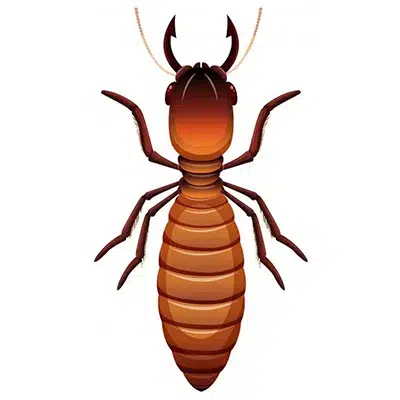
Dampwood Termites
Dampwood termites are larger than dry wood and subterranean species. The winged termites measure as long as 25 mm, and soldier termites are 20mm wide. Light to dark brown in colour, these termites have yellow or red streaks on their bodies. They have huge heads with mandibles that they use to munch on wood. These termites build their colonies in damp wood, requiring water and moisture for survival.
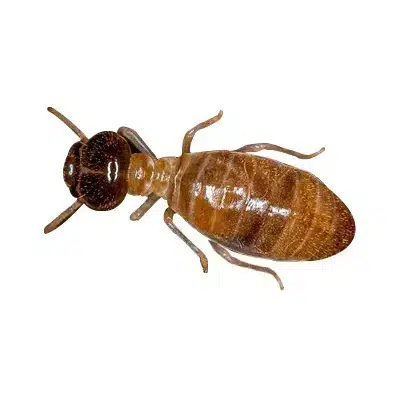
Drywood Termites
These termites are small and slim and have elongated and narrow bodies. The reproductive termites grow up to 11 mm, while soldier termites grow to 12 mm. Drywood termites feed on cellulose from wooden structures and objects in the household. They build their colonies in dry areas like attics, window frames, and backboards.
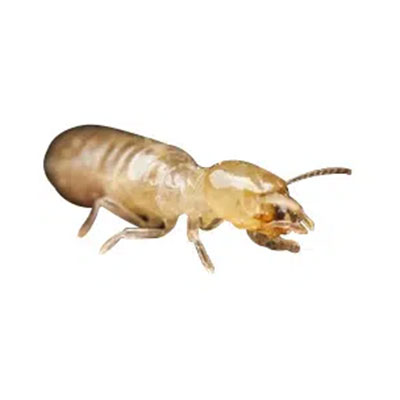
Subterranean Termites
Subterranean termites or white ants are considered to be highly destructive timber pests. They are a significant reason for severe structural timber damage to residential and commercial buildings. These termites are tiny, have soft bodies, and live in the ground.
Where to Check for Termites?
Termites can hide in various places, both inside and outside your home. Some common areas to check for termite activity are window and door frames, decks and patios, foundations, attic spaces, and wooden furniture or shelves. In addition, you must check for any termite droppings, wings, or mud tubes.
If you spot any of these signs, they could indicate a potential termite infestation and should be inspected further. It is important to remember that if you suspect an area may be infested with termites, do not disturb them, as this can cause the population to spread in various areas of your property.
Instead, contact our pest control professionals to help determine if termites are present and how to treat them best.
Termite Inspection and Control
Termite colonies can multiply quickly, so you must eliminate them as soon as possible. Call our pest control experts when you see the first signs of infestation so we can take action immediately.
Our licenced pest controllers will visit your property to inspect and identify termite infestation using advanced methods. We shall check every corner of your home to find hidden termites that show no visible sign of them. After the inspection, our inspectors will provide an appropriate solution that they will implement step by step carefully.
Book Your Termite Inspection Today
Want to remove termites from your property? Call our pest control professionals for help.
